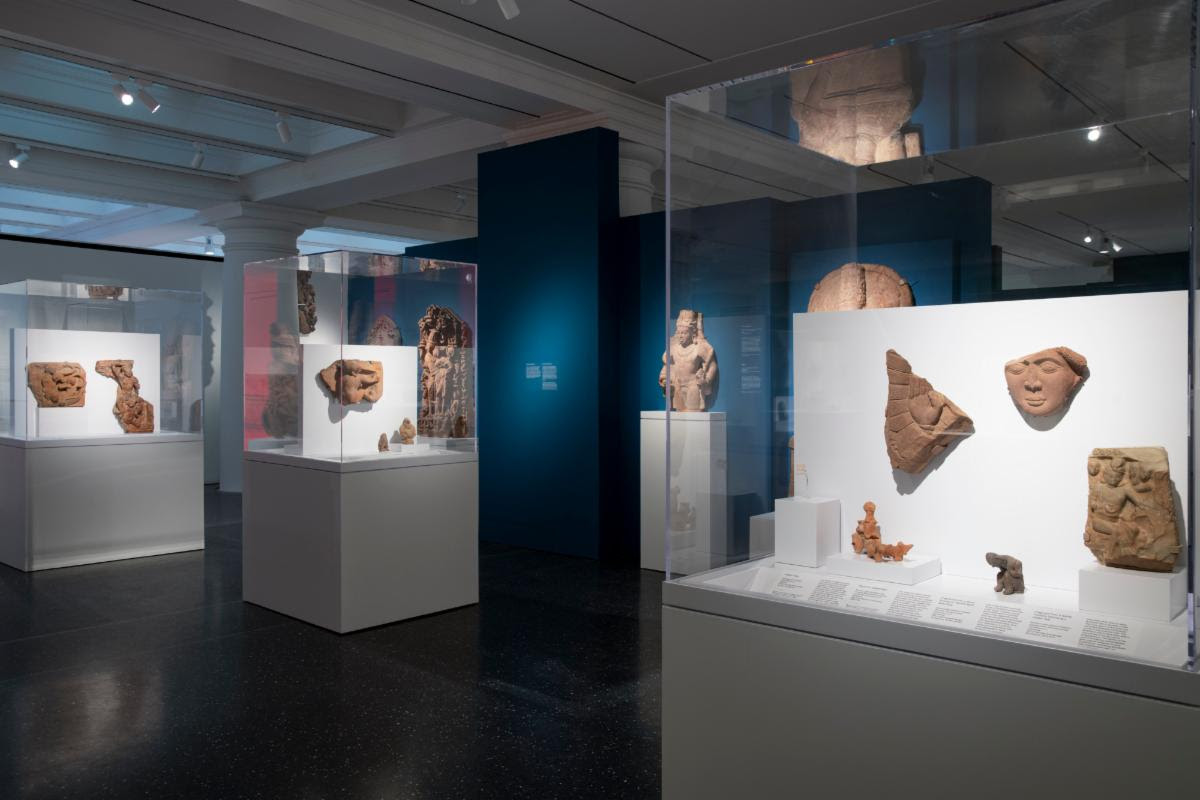Brooklyn Museum’s entire floor devoted to Arts of Asia and the Islamic World is now open

The ten-year renovation project celebrates the diversity and encyclopedic scope of the Museum’s renowned collections across more than 20,000 square feet of space. Renovated for the first time in forty years, the floor now features nearly 700 objects, including newly conserved and rare works of art.
The new home for the Arts of Asia and the Islamic World creates cross-cultural dialogue among collection areas and highlights diverse aesthetic, creative, social, and intellectual accomplishments across Asia and around the Mediterranean, from ancient times to the present day. These newly renovated galleries on the Museum’s second floor feature Asian and Islamic artworks in bespoke casework enhanced by state-of-the-art lighting. The renovations create greater flexibility, facilitating the rotation of installation objects to showcase a wider range of materials.
Arts of South Asia and Arts of the Islamic World will be the final galleries on the floor to reopen, marking the first time in ten years that artworks from across these collections—which boast more than seventeen thousand objects, including sculptures, textiles, paintings, ceramics, drawings, prints, carvings, decorative arts, metalwork, and other artifacts—will be on view. Previous openings include the Arts of Korea gallery in 2017, the Arts of China and Arts of Japan galleries in 2019, the Arts of Southeast Asia gallery in 2021, and the Arts of Buddhism and Arts of the Himalayas galleries in 2022.

Brooklyn Boro
View MoreNew York City’s most populous borough, Brooklyn, is home to nearly 2.6 million residents. If Brooklyn were an independent city it would be the fourth largest city in the United States. While Brooklyn has become the epitome of ‘cool and hip’ in recent years, for those that were born here, raised families here and improved communities over the years, Brooklyn has never been ‘uncool’.